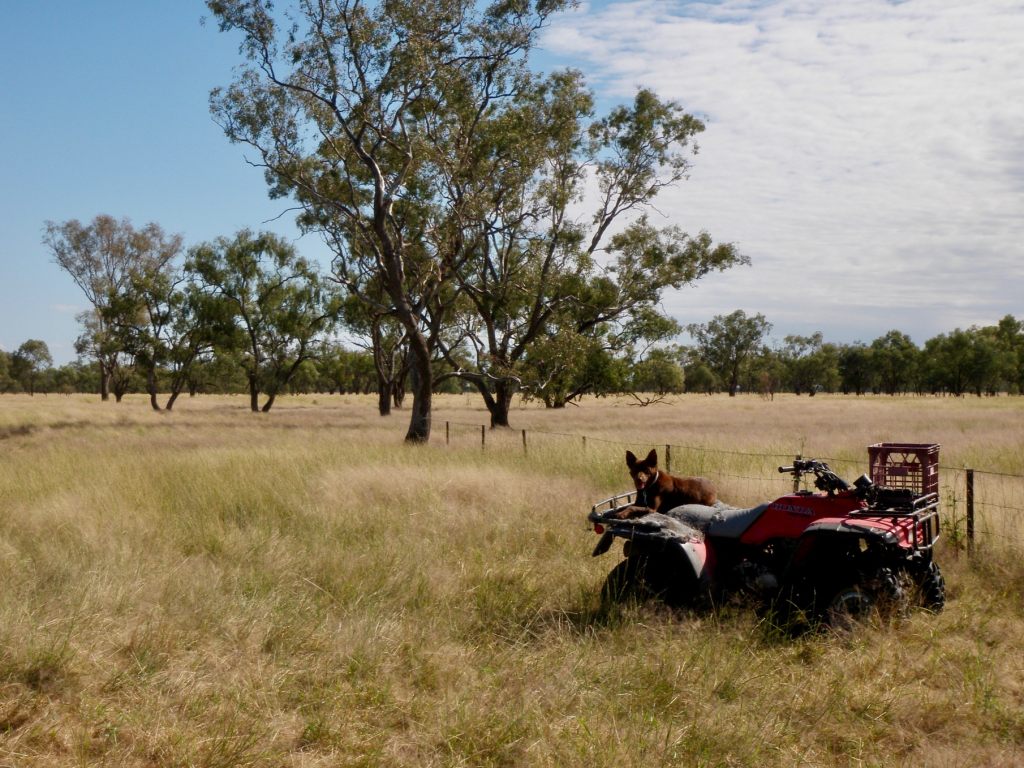Rural Australia and the census
After the drama of the 2016 online census failure, the results are now published. We take a look at what we can learn about rural and regional Australia from the data.

What did the census tell us about rural and regional Australia?
Not much. Less than a third of us live outside the capital cities, we earn a lot less than our city cousins, but we are more likely to own our own home. Urban areas are growing twice as fast as regional areas because more migrants settle in cities, not because people are leaving the regions. Just two in every ten migrants will settle in a rural and regional area.
We might get a little more insight from the Agriculture Census, also conducted once every five years, which will be released in early July. The Agriculture Census provides benchmark national, state and sub-state data on agricultural commodity production, water use and natural resource management. We already have some indication of what the figures will show. In 2016–17 the farm cash income for broadacre farms nationally is projected to average $216,000 per farm, the highest recorded in the past 20 years. Average farm cash income is projected to increase for broadacre farms in all states except Tasmania. Farm cash income for dairy farms is projected to decline by 16 per cent nationally to an average of $105,000 per farm in 2016–17, reflecting lower milk production and continued low farmgate milk prices.
The latest agriculture census will give us an idea on how much land use has changed compared to the most recent data which shows grazing land covers 54% of Australia and cropping area covers 4%. Almost half of Australia's total land area is used for agriculture, with agricultural land accounting for 72% of New South Wales (57 million hectares).
in Latest News
Share this post
Posts this year
- October 2024 (1)
- September 2024 (1)
- August 2024 (1)
- November 2023 (1)
- June 2023 (1)
- February 2023 (2)
- November 2022 (1)
- October 2022 (1)
- July 2022 (2)
- June 2022 (1)
Archived Posts
- Posts in 2023
- Posts in 2022
- Posts in 2021
- Posts in 2020
- Posts in 2019
- Posts in 2018
- Posts in 2017
- Posts in 2016